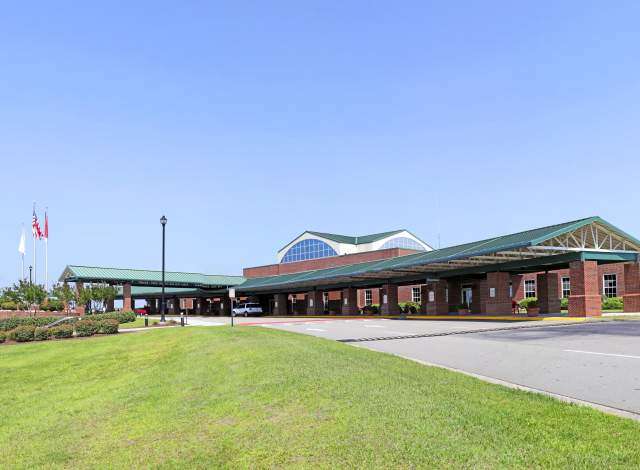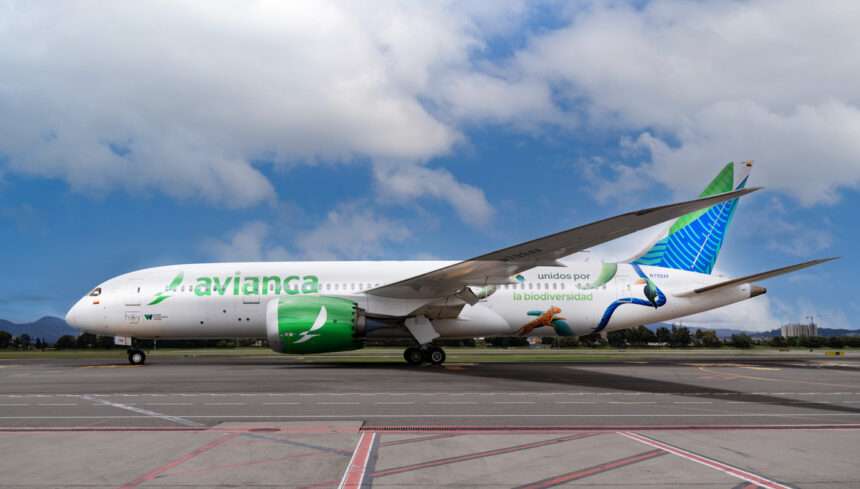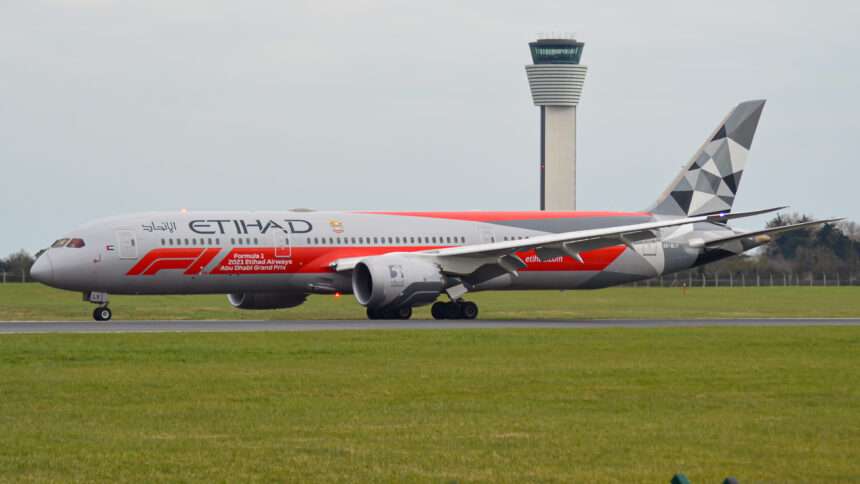The story of Wilmington-Philadelphia Regional Airport, also known as Wilmington Airport (ILG), is a tale of two cities and a constant struggle for relevance in the shadow of its larger neighbor.
Located in unincorporated New Castle County, Delaware, just south of Wilmington, the airport’s history reflects the changing needs of the region and the challenges of competing with the major hub of Philadelphia International Airport (PHL).

Early Days: New Castle County Airport (1920s-1950s)
The airport’s roots trace back to the 1920s when a small airfield was established near Wilmington.
Initially known as New Castle County Airport, it primarily served private planes and local businesses.
The rudimentary facilities consisted of a grass runway and a few hangars.
The 1930s saw a national push for commercial aviation development.
In 1938, the Civil Aeronautics Administration (CAA), a precursor to the Federal Aviation Administration (FAA), allocated funds for airport improvements in New Castle County.
This investment led to the construction of the first paved runway and a small terminal building.
World War II further spurred the airport’s development.
The military used the facility for training purposes, leading to upgrades in infrastructure like longer runways.
Post-War Growth and Identity Crisis (1950s-1970s)
Following the war, commercial air travel experienced a boom.
Airlines like Eastern and Trans World Airlines (TWA) began offering scheduled passenger flights from Wilmington.
The airport was renamed New Castle County Airport and Greater Wilmington Airport during this period, reflecting its aspirations to serve a wider region.
However, the rise of Philadelphia International Airport (PHL) in the 1950s cast a long shadow.
PHL, with its longer runways and larger terminal complex, became the preferred option for major airlines.
Wilmington struggled to compete, and its commercial passenger traffic stagnated.
In an attempt to differentiate itself, the airport began emphasizing its convenience for business travelers and general aviation.
Its proximity to Wilmington and its lack of the congestion often associated with larger airports became its selling points.
The name “Wilmington Airport” came into common use during this period.
A Brief Resurgence and Decline (1980s-2000s)
The 1980s saw a resurgence of interest in Wilmington Airport.
The deregulation of the airline industry led to the entry of new, low-cost carriers. These airlines saw Wilmington as an attractive alternative to the more expensive PHL.

For a brief period, the airport enjoyed a modest increase in commercial passenger traffic.
However, the honeymoon period was short-lived.
The consolidation wave that swept through the airline industry in the late 1980s and 1990s led to the withdrawal of several carriers from Wilmington.
Passenger numbers once again dwindled.
The 9/11 terrorist attacks delivered another blow to the aviation industry and Wilmington Airport was no exception.
Commercial service became even more limited, with only a handful of regional carriers offering flights to a few destinations.
Repositioning for the Future (2000s-Present)
Faced with a bleak future, the Delaware River and Bay Authority, which took over the airport’s operation in 1991, began exploring ways to revitalize it.
The focus shifted back to general aviation and attracting corporate tenants.
The airport offered hangar space and other amenities to businesses, making it an attractive option for companies with their own aircraft.

In recent years, there have been renewed efforts to attract some commercial passenger service.
A few regional airlines offer limited flights to select destinations on the East Coast.
The airport also continues to market its convenience and ease of access for business travelers.
The future of Wilmington-Philadelphia Regional Airport remains uncertain.
While it is unlikely to ever compete with PHL as a major hub, it can carve out a niche by catering to specific segments like general aviation and budget-conscious travelers.
The airport’s success will depend on its ability to adapt to changing market conditions and leverage its unique advantages in a competitive aviation landscape.
The story of Wilmington-Philadelphia Regional Airport is a testament to the challenges and opportunities faced by smaller airports in the shadow of major hubs.
By embracing its unique strengths and adapting to the changing needs of the region, the airport can secure a place for itself in the future of aviation.

Click the banner to subscribe to our weekly newsleter.

Click the photo to join our WhatsApp channel so then you can stay up to date with everything going on in the aviation industry!








